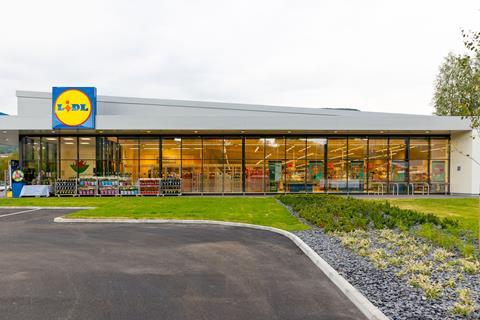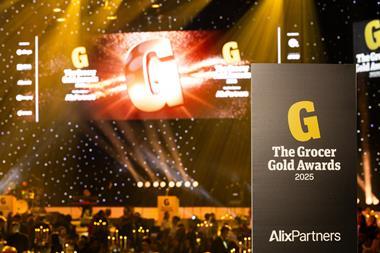
Interest costs for Lidl’s parent company more than doubled last year to over €1bn, helping explain the discounter’s expansion slowdown.
Accounts for Lidl Stiftung & Co KG have revealed interest expenses of €1.025bn in the 12 months to 29 February 2024, up from €462m the previous year.
As revealed by The Grocer at the time, Lidl scaled back its store opening programme early in 2023, from about 50 new supermarkets a year to about 25. The move involved redundancies in Lidl’s construction team, including recently recruited graduates.
Its rate of expansion has yet to get back to anywhere near where it was – the discounter has been claiming to have “over 960” UK stores since the start of this year.
Lidl maintained its slowdown was a decision to focus investment on growing warehouse capacity, and last September opened its biggest distribution centre in the world, in Luton.
However, industry experts pointed to rising interest rates and Lidl Stiftung’s debt, acquired in years of rapid expansion.
According to the new accounts – first reported by German grocery journal Lebensmittel Zeitung – long- and medium-term debt decreased by €1.8bn to €11.9bn, mainly due to a decrease in liabilities from financing.
Aldi is privately funded and has continued to grow its estate, albeit it also at a slower rate. Having also targeted about 50 new stores a year up until 2022, it opened about 30 last year and is targeting 37 for the full 2024 calendar year, taking its UK estate to over 1,040.
In November last year, Lidl approached investors for £91m to fund the construction of 12 stores. The proposed deal included an investor acquiring the freeholds from Lidl, which would then lease the stores back. Lidl has yet to provide an update on the progress of the pitch.
Despite Aldi opening more stores, Lidl has been enjoying much faster sales growth this year. Its sales were up 9.1% year on year in Kantar’s September market update, marking its 13th month as the fastest-growing bricks & mortar supermarket. Aldi’s sales were up 1.3% year on year, putting it behind the total market’s 3% growth.



















No comments yet